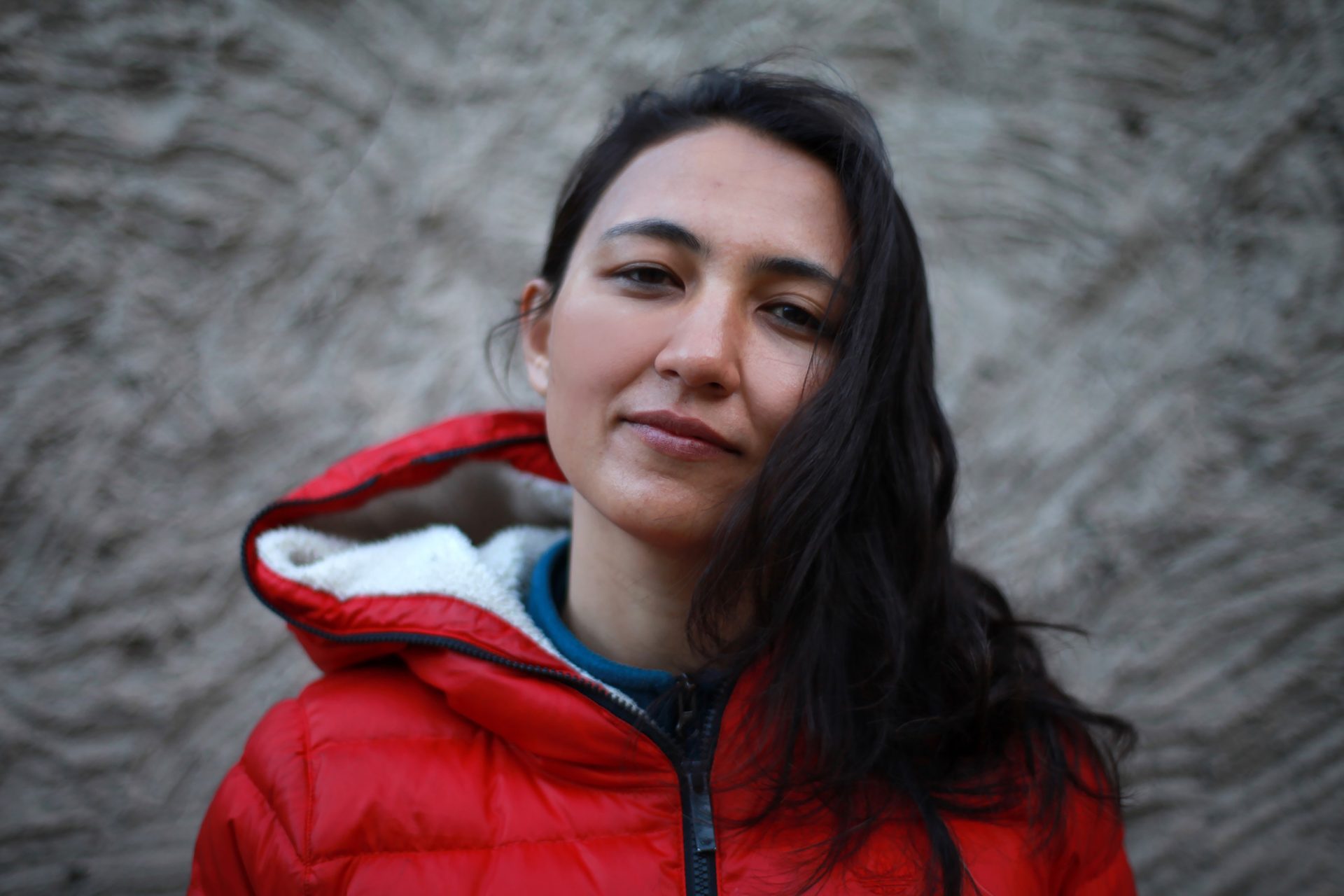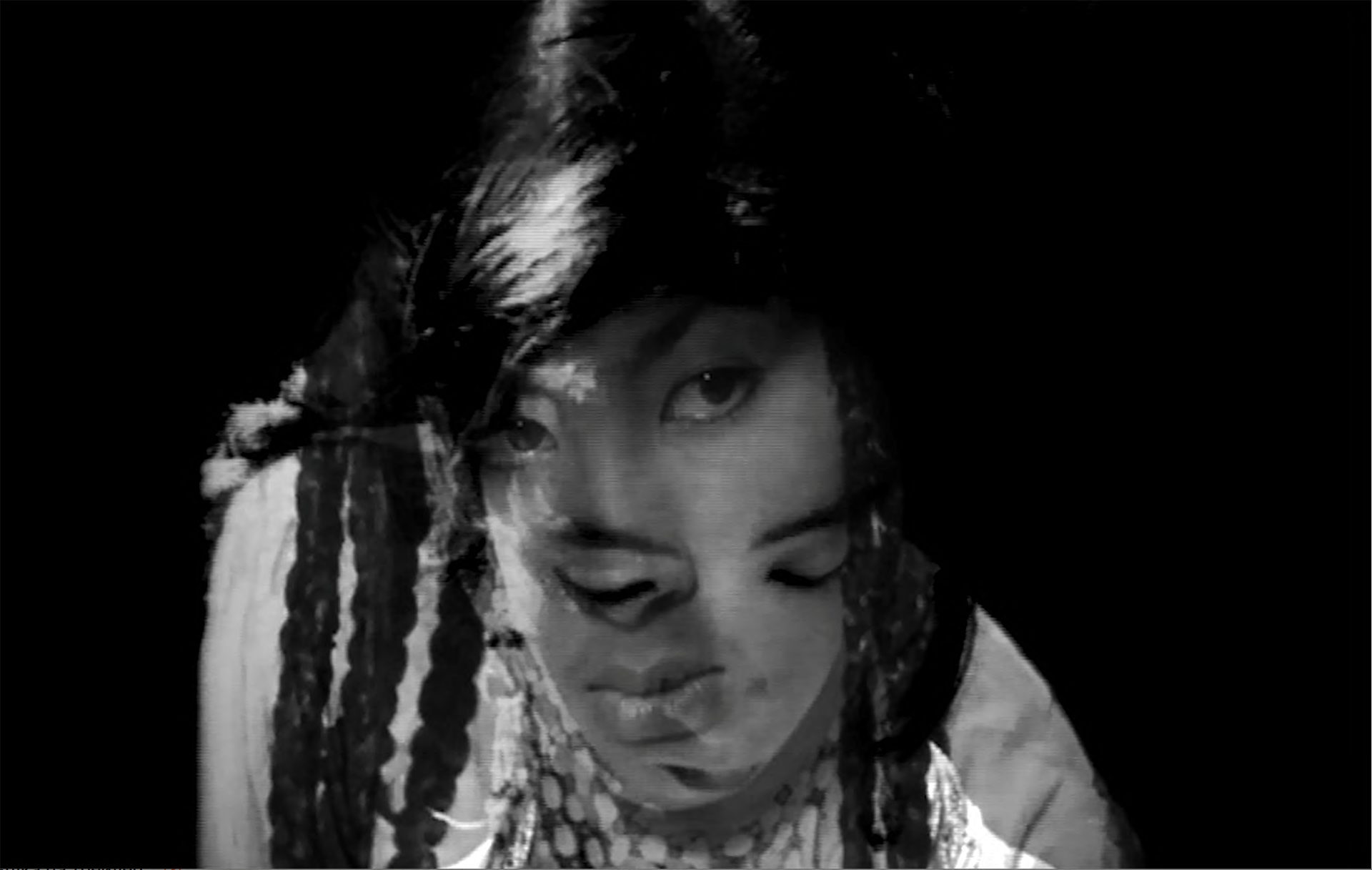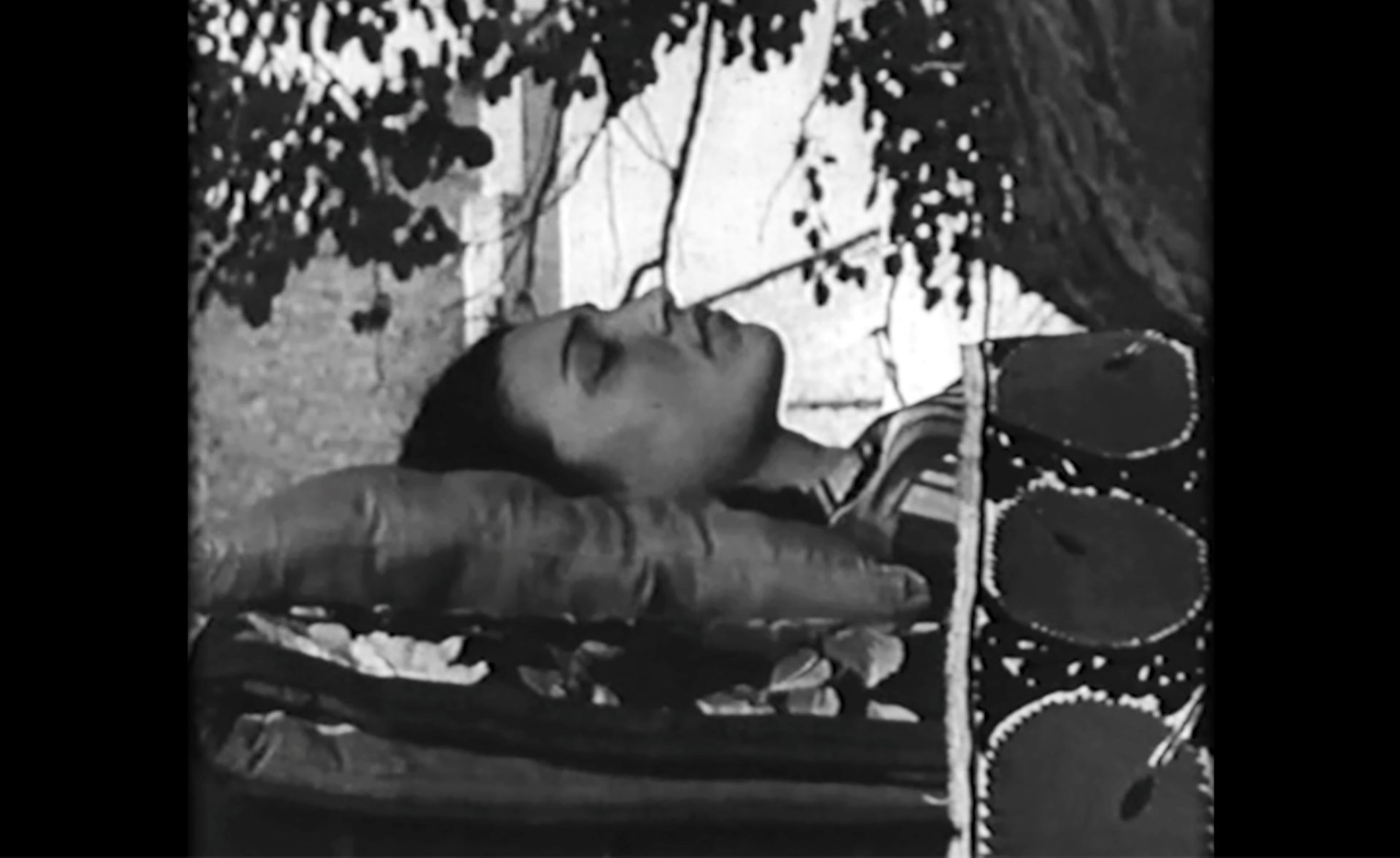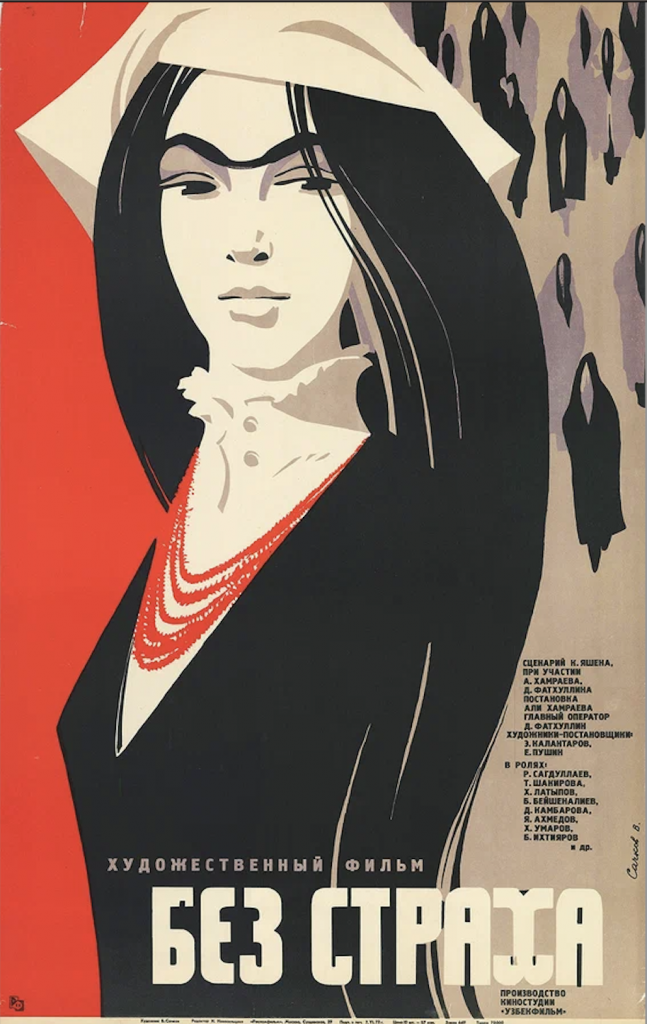Lifting the veil
12/16/2024
5 min reading time
In the coming Double Feature, Saodat Ismailova refocuses attention on the fate of Uzbek women who, by unveiling themselves, fell victim to femicide.
Lorem Ipsum
White Arabic letters shimmer against a black background, and a woman’s voice whispers off-screen. We read the following in Uzbek: “The Hujum movement was a Soviet political campaign started in 1924. It aimed to liberate local women. The campaign had dramatic consequences for Uzbek women, who were caught between traditional society and foreign state ideas. The film is dedicated to the memory of the women who sacrificed their lives for the freedom of Uzbek women today.”
A brief look back in time is required if we are to appreciate Saodat Ismailova’s Film “Her Right” (2020): In 1918, during the course of the Russian Civil War the Bolsheviks declared the territory of what is today Uzbekistan to be the Turkestan Autonomous Socialist Soviet Republic, which a few years later was renamed the Uzbek Socialist Soviet Republic. The Communist Party of the Soviet Union (CPSU) attached great importance to the emancipation of local women. It wanted to enable them, on the one hand, to participate in social life through education and labor, while at the same time ensuring they played a role in the transformation from an agrarian to an industrial economy. Independent of the CPSU’s efforts, since the early days of the 20th century the Jadid Muslim reform movement had pursued similar goals. The central slogan of women’s emancipation as planned by the CPSU was “Hujum”, or “onslaught”, which was meant quite literally as an onslaught on old, traditional ways of life.


Lorem Ipsum
Saodat Ismailova, born in 1981 in the Uzbek capital of Tashkent, highlights the fate of those women in her film “Her Right”. She discovered largely forgotten films in archives that address the role of women through the lens of propaganda. By means of montage, she brings together filmic works from the later 1920s to the early 1980s. The footage offers insights into the historical world of Uzbekistan: small villages, veiled women, the intrusion of nascent industrialization, the railroad, protest marches, unveiled women, images of nature, and repeatedly images of women’s faces. They are full of joy or fear, shown while dancing, at work, casting off or burning their veils, and fleeing men filled with hatred, who are armed with knives and hunting them down.

“Sometimes people ask me if I am defending chachvans. In fact, I am not defending them as objects. What interests me is the overlooked story of chachvans and the way it reminds us of the invisible presence of women who wore them.”
Saodat Ismailova
A female counternarrative
To a certain extent, Ismailova’s montage of the original footage can be read as a kind of reappropriation of Uzbek female history. While initially the propaganda stories are narrated by Soviet and later by Uzbek men, the stories based on the real fates of Uzbek women served merely as ideological tools. With “Her Right”, Ismailova by contrast addressed the real actors in history who were crushed between the poles of Soviet ideology, on the one hand, and religion and tradition on the other, irrespective of their own needs. In an interview with the Central Asian cultural magazine “The Steppe”, the artist states quite clearly: “Sometimes people ask me if I am defending chachvans. In fact, I am not defending them as objects. What interests me is the overlooked story of chachvans and the way it reminds us of the invisible presence of women who wore them.”
As her second film, Saodat Ismailova has chosen “Без страха / Bez strakha” (“Fearless”) by Uzbek director Ali Hamroyev – excerpts from the film also crop up in “Her Right”, and the director strongly influenced her own work. The film takes place in a small Uzbek village shortly after the end of the Russian Civil War. An Uzbek officer of the Red Army is nursed back to health by a woman from the village and then marries her. Collaborating with the Bolsheviks and in the context of the Hujum campaign, the Red Army officer tries to persuade the women in the village to cast off their veils, but when a young girl sheds her veil, it has disastrous consequences for her. Saodat Ismailova considers Hamroyev’s work to be an outstanding example of Uzbek film history and one that offers a key “if you really want to understand what happened with women and how the Hujum worked.”
